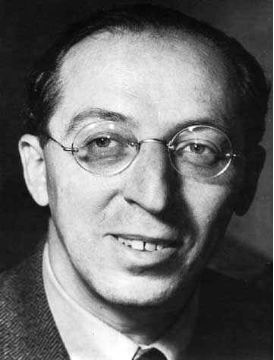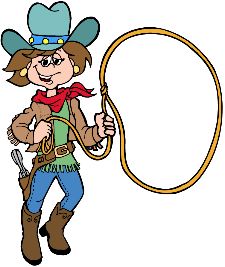
Aaron Copland (1900-1990)
- Aaron Copland was the pioneer of American music who was also incorporating jazz into his classical music soon after Gershwin.
- Copland studied in Europe to give his music legitimacy since all good music at that time was thought to be European.
- With the great depression of the 1930s, when millions of Americans were unable to find work Copland produced a series of ballets that were to be widely heard and musically influential:
- Billy the Kid (a ballet about a legendary western outlaw)
- Rodeo (another Wild West ballet, about a cowgirl's search for a man)
- Appalachian Spring (a ballet about the simple joys of a newly-wed couple)
USA Today's obituary stated:
'Aaron Copland gave American music its identity. While previous US composers sounded like their European elders, Copland broke free and created a sound full of rambunctious rhythms, rugged folk-influenced melodies and widely-spaced harmonies that suggested a land of endless expanse and limitless possibilities.'

THE STORY OF THE BALLET, Rodeo
Rodeo is a light and humorous love story. The ballet, subtitled "the Courting at Burnt Ranch," tells the story of a young cowgirl who desperately tries to get herself a man. When her efforts to impress the head cowhand by her ridin' and ropin' skills fail, she finally wins him over when she shows up at the Saturday night hoe-down in a lovely red dress.
Buckaroo Holiday is a picture of the rodeo itself, beginning with two original themes by Copland: first a descending scale played as cowboys are bounced around and tossed by bucking broncos, and then a more lyrical tune. When the tempo picks up again, a solo trombone introduces an old cowboy tune (the first of several quotations in Rodeo), "If He'd be a Buckaroo by his Trade." The combination of all of these ideas in the end gives a perfect picture of the chaos and exuberance of a traditional rodeo.
What to listen for:
- syncopation and lots of it!
 (beginning of the piece)
(beginning of the piece) - humorous clarinet, trombone, trumpet, and bassoon solos

- special percussion instruments including the slapstick
- Lively footstompin music